Ibrahim Ben Daya
Taking a Stance on Fake News: Towards Automatic Disinformation Assessment via Deep Bidirectional Transformer Language Models for Stance Detection
Nov 27, 2019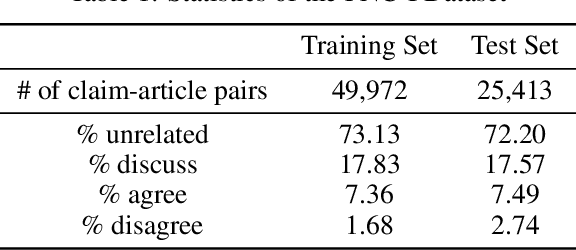
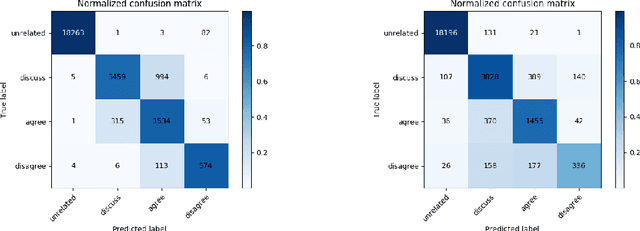
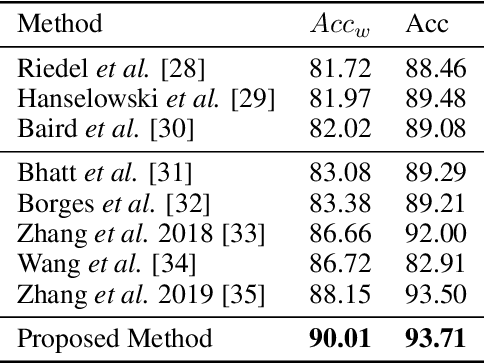
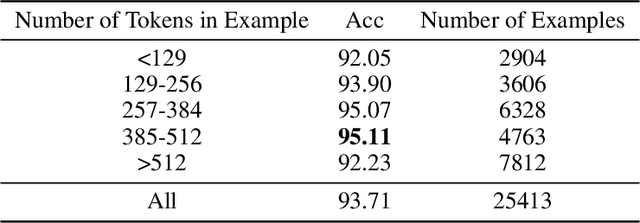
Abstract:The exponential rise of social media and digital news in the past decade has had the unfortunate consequence of escalating what the United Nations has called a global topic of concern: the growing prevalence of disinformation. Given the complexity and time-consuming nature of combating disinformation through human assessment, one is motivated to explore harnessing AI solutions to automatically assess news articles for the presence of disinformation. A valuable first step towards automatic identification of disinformation is stance detection, where given a claim and a news article, the aim is to predict if the article agrees, disagrees, takes no position, or is unrelated to the claim. Existing approaches in literature have largely relied on hand-engineered features or shallow learned representations (e.g., word embeddings) to encode the claim-article pairs, which can limit the level of representational expressiveness needed to tackle the high complexity of disinformation identification. In this work, we explore the notion of harnessing large-scale deep bidirectional transformer language models for encoding claim-article pairs in an effort to construct state-of-the-art stance detection geared for identifying disinformation. Taking advantage of bidirectional cross-attention between claim-article pairs via pair encoding with self-attention, we construct a large-scale language model for stance detection by performing transfer learning on a RoBERTa deep bidirectional transformer language model, and were able to achieve state-of-the-art performance (weighted accuracy of 90.01%) on the Fake News Challenge Stage 1 (FNC-I) benchmark. These promising results serve as motivation for harnessing such large-scale language models as powerful building blocks for creating effective AI solutions to combat disinformation.
Squeeze-and-Attention Networks for Semantic Segmentation
Sep 10, 2019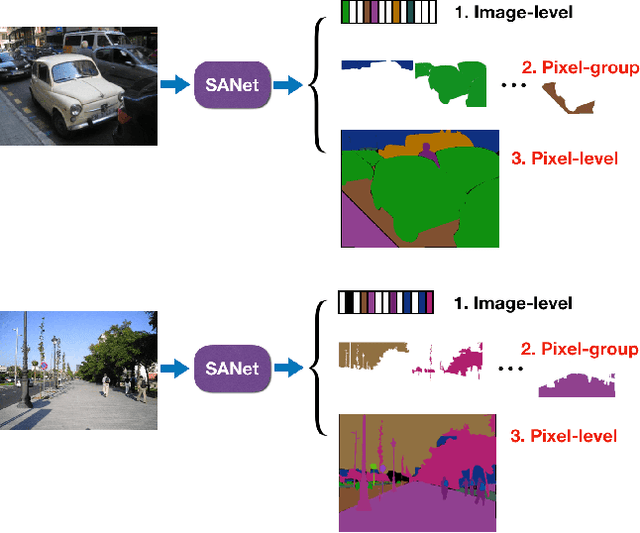
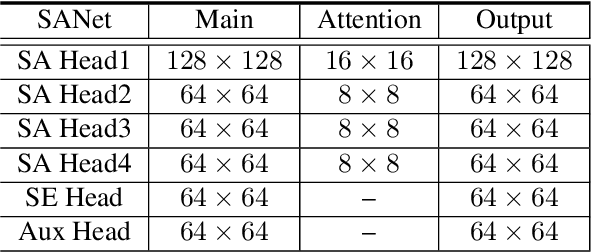

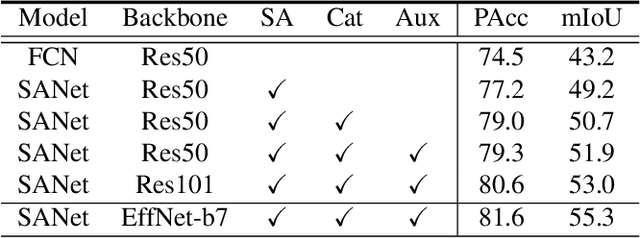
Abstract:Squeeze-and-excitation (SE) module enhances the representational power of convolution layers by adaptively re-calibrating channel-wise feature responses. However, the limitation of SE in terms of attention characterization lies in the loss of spatial information cues, making it less well suited for perception tasks with very high spatial inter-dependencies such as semantic segmentation. In this paper, we propose a novel squeeze-and-attention network (SANet) architecture that leverages a simple but effective squeeze-and-attention (SA) module to account for two distinctive characteristics of segmentation: i) pixel-group attention, and ii) pixel-wise prediction. Specifically, the proposed SA modules impose pixel-group attention on conventional convolution by introducing an 'attention' convolutional channel, thus taking into account spatial-channel inter-dependencies in an efficient manner. The final segmentation results are produced by merging outputs from four hierarchical stages of a SANet to integrate multi-scale contexts for obtaining enhanced pixel-wise prediction. Empirical experiments using two challenging public datasets validate the effectiveness of the proposed SANets, which achieved 83.2% mIoU (without COCO pre-training) on PASCAL VOC and a state-of-the-art mIoU of 54.4% on PASCAL Context.
 Add to Chrome
Add to Chrome Add to Firefox
Add to Firefox Add to Edge
Add to Edge